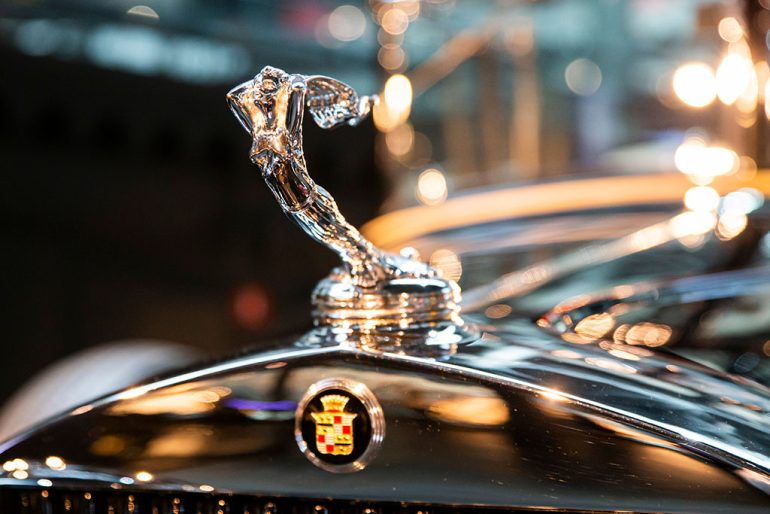
The Great Depression was one of the most challenging periods in American history, shaking nearly every industry to its core. The automotive industry, particularly luxury brands like Cadillac, faced a near-collapse. However, Cadillac’s survival through the 1930s and eventually becoming a cultural icon is a testament to the often-overlooked concept of the buying power and loyalty of Black Americans. Ultimately and surprisingly, Cadillac’s salvation rested in the hands of African Americans, the cultural bond that emerged, and the brand’s legacy, which is something that traditional history books will not tell you. In fact, much of what is divulged in the recent findings related to Cadillac and Black America is part of the trends of information suppression that’s plagued the Black culture in America for as long as there has been a ‘modern America’ – birthed in the right of slaves and the pilfering of American land.
The onset of the Great Depression in 1929 created a ripple effect that decimated industries, many of which were dependent on consumer spending. Automobiles, considered a luxury for most, naturally saw a massive sales decline thus adding to the falling dominoes of such a time in American history.
Also, don’t forget that you can get discounted new car pricing with a free quote through qualified local dealer partners.
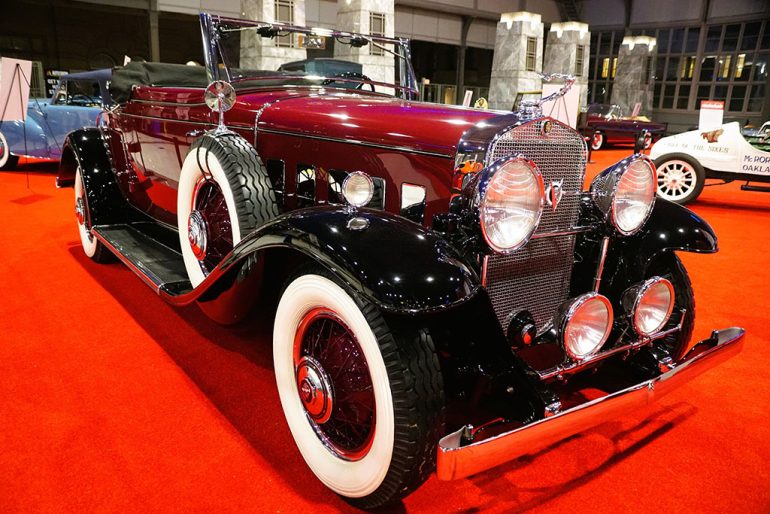
1930 Cadillac V16 Model 452
Luxury brands like Cadillac took the brunt of the economic downturn. Between 1928 and 1933, Cadillac’s annual sales dropped by 84%, falling from 41,172 units to just 6,736. With unemployment skyrocketing and banks failing, few Americans had the financial means to purchase vehicles, especially premium ones. Banks no longer issued auto loans, forcing buyers to rely solely on cash transactions, which most could not afford.
General Motors, Cadillac’s parent company, considered discontinuing the brand altogether to minimize losses. In a pivotal board meeting, the future of Cadillac was hanging in the balance.
Nicholas Dreystadt, the head of Cadillac’s service division, attended that board meeting with a revolutionary idea. He had observed an intriguing trend of affluent African Americans purchasing Cadillacs indirectly by paying intermediaries (white buyers) to acquire the vehicles on their behalf. Cadillac, at the time, had an unwritten policy of discouraging direct sales to Black customers, rooted in the pervasive racial discrimination of the era.
Dreystadt argued that Cadillac was missing out on a lucrative market by adhering to this discriminatory practice. He proposed that the company remove barriers and market directly to African Americans. His bold pitch convinced GM to give his strategy a chance.
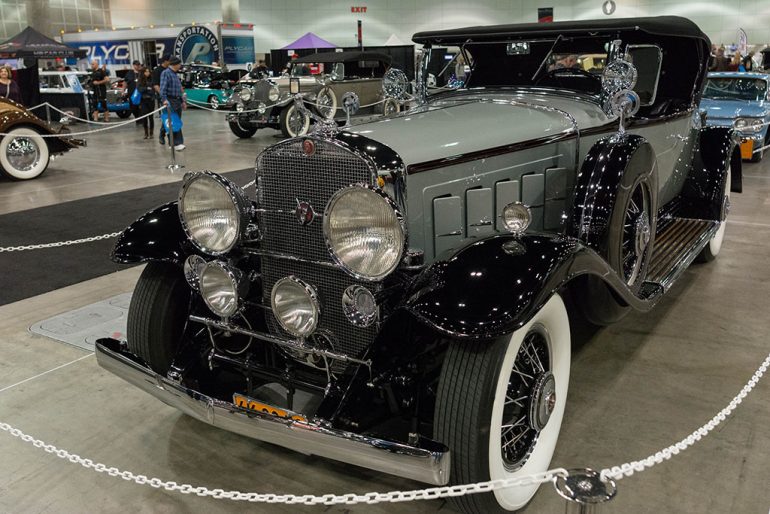
1930 Cadillac V-16 Roadster Convertible on display during The Classic Auto Show at the Los Angeles Convention Center.
In 1934, Cadillac became the first car manufacturer to actively market to Black Americans, integrating its sales operations. The results were immediate and astounding.
Within a year, Cadillac’s sales increased by 70%, bringing the brand back from the brink of extinction. By 1940, Cadillac’s annual sales had grown tenfold compared to 1934. This unprecedented recovery helped pave the foundation for the brand’s resurrection and solidified its position as a leader in luxury automotive manufacturing.
During the Great Depression, African Americans were distinctively positioned to support Cadillac. Because discriminatory practices prevented Black Americans from accessing banks, many relied on cash savings stored outside financial institutions. When the banking system collapsed during the Depression, much of the white population lost its savings, while many Black families retained theirs. This cash liquidity allowed affluent African Americans to make significant purchases during a time when few others could.
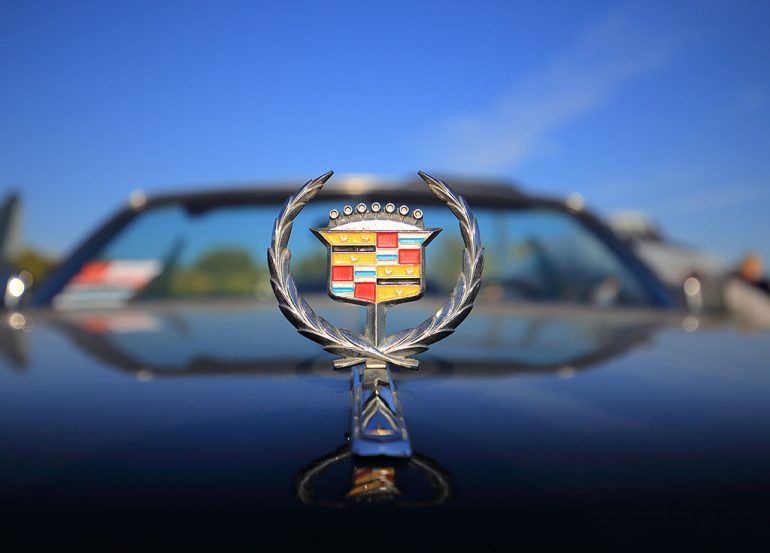
Cadillac’s decision to market directly to Black Americans wasn’t just a financial milestone; it forged a deep cultural connection that has endured for decades. By embracing African American buyers, Cadillac became synonymous with success, style, and status in the Black community.
The brand’s sleek designs and luxurious features resonated with prominent figures in Black society, including judges, lawyers, and entertainers. Owning a Cadillac became a powerful symbol of economic achievement and upward mobility within the community. Over time, this association extended to broader Black culture, finding a prominent place in art, music, and entertainment.
Cadillac’s appeal didn’t stop at the dealership. Its cars became staples in music, film, and pop culture, especially within the African American community. From blues and jazz artists of the early 20th century to hip-hop icons of today, Cadillac often appears as a symbol of success and aspiration. Something that prides many African Americans today, among other cultures of American society.
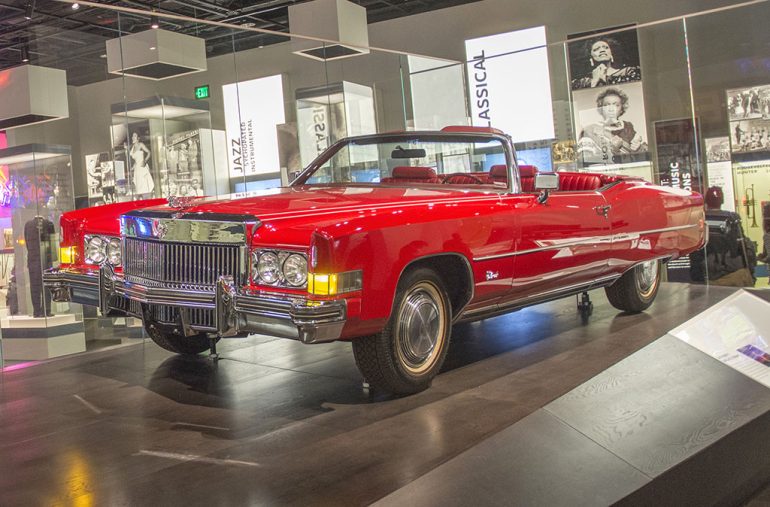
1973 Cadillac Eldorado convertible owned by Chuck Berry, on permanent display at the Smithsonian’s National Museum of African American History and Culture in Washington DC.
Songs like “Cadillac Car” in the musical Dreamgirls or classic tracks by artists like Wilson Pickett (“Mustang Sally”) in past entertainment. In modern times, rappers like OutKast and Rick Ross celebrate the brand’s legacy in many of their songs, among many other artists who may have celebrated the automotive brand’s cachet in music and even in music videos. This representation in entertainment has further etched Cadillac as a cultural benchmark in America.
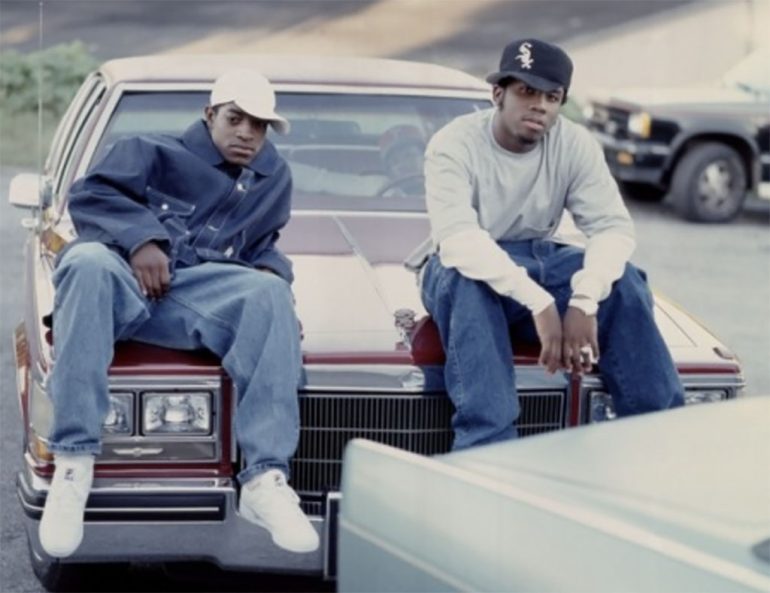
Outkast – Big Boi and Andre 3000 sitting on a Cadillac – image by Timothy White, Atlanta, GA, 1993
Hollywood also embraced Cadillac as a visual representation of wealth and sophistication, often pairing the brand with prominent Black characters in film and television. The vehicle’s strong presence in these mediums reinforced its status as the car of choice for those who had “made it.” Such a statement has filtered into many other notable luxury brands, and as you witness in today’s cultural aptitude, Black Americans share their wealth in such brands as well.
Cadillac’s early embrace of African American buyers wasn’t just limited to sales. By the mid-20th century, Cadillac began hiring Black designers and stylists, further integrating their influence into the brand’s identity. Such a move, which was groundbreaking for its time, helped shape Cadillac’s designs to reflect the tastes and aspirations of its diverse clientele and has since applied to many other brands in recognition of talented designs and inspirations.
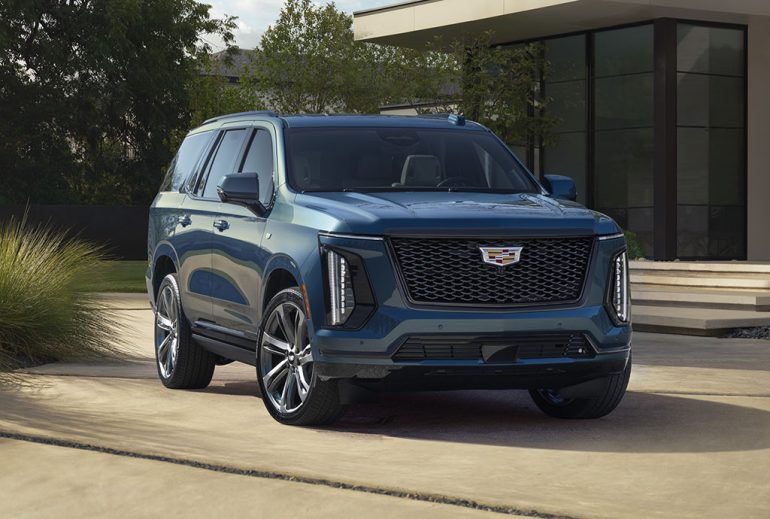
The brand’s continued recognition of its Black customer base is evident in its modern marketing strategies, in addition to many other modern luxury brands. Such brands commonly highlight themes of empowerment, sophistication, and success, which are also trademarks of the Black culture in today’s society to showcase the ‘made it’ status.
The story of how Black Americans saved Cadillac is more than a tale of just economic survival, it’s a testament to the power of inclusion and the recognition of marginalization, and a daring attempt to ‘overcome.’ By breaking racial barriers during a time of widespread discrimination, Cadillac not only revived its business but also set a precedent for the automotive industry and other cultural roadblocks in America.
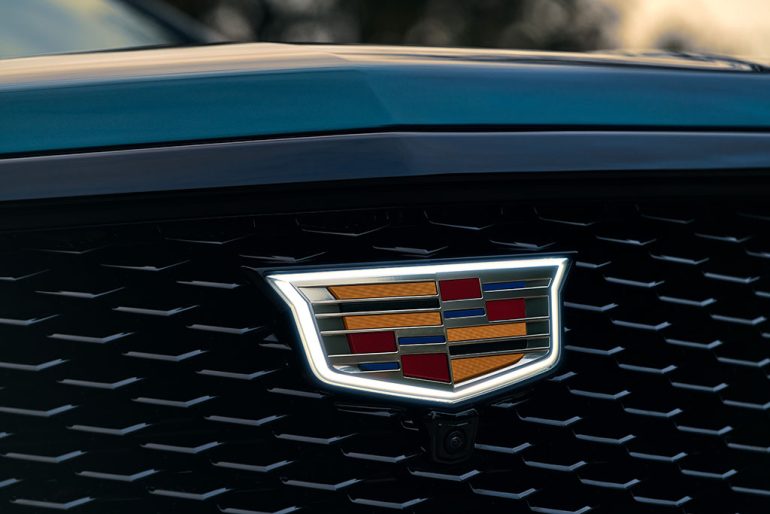
Today, the continuing connection between Cadillac and Black America stands as a symbol of resilience, cultural pride, and mutual respect – much of which has been fought for and earned on the backs of African Americans. From its historical significance to its ongoing influence in pop culture, Cadillac remains an icon—thanks in no small part to the African American community that believed in the brand when few others could.